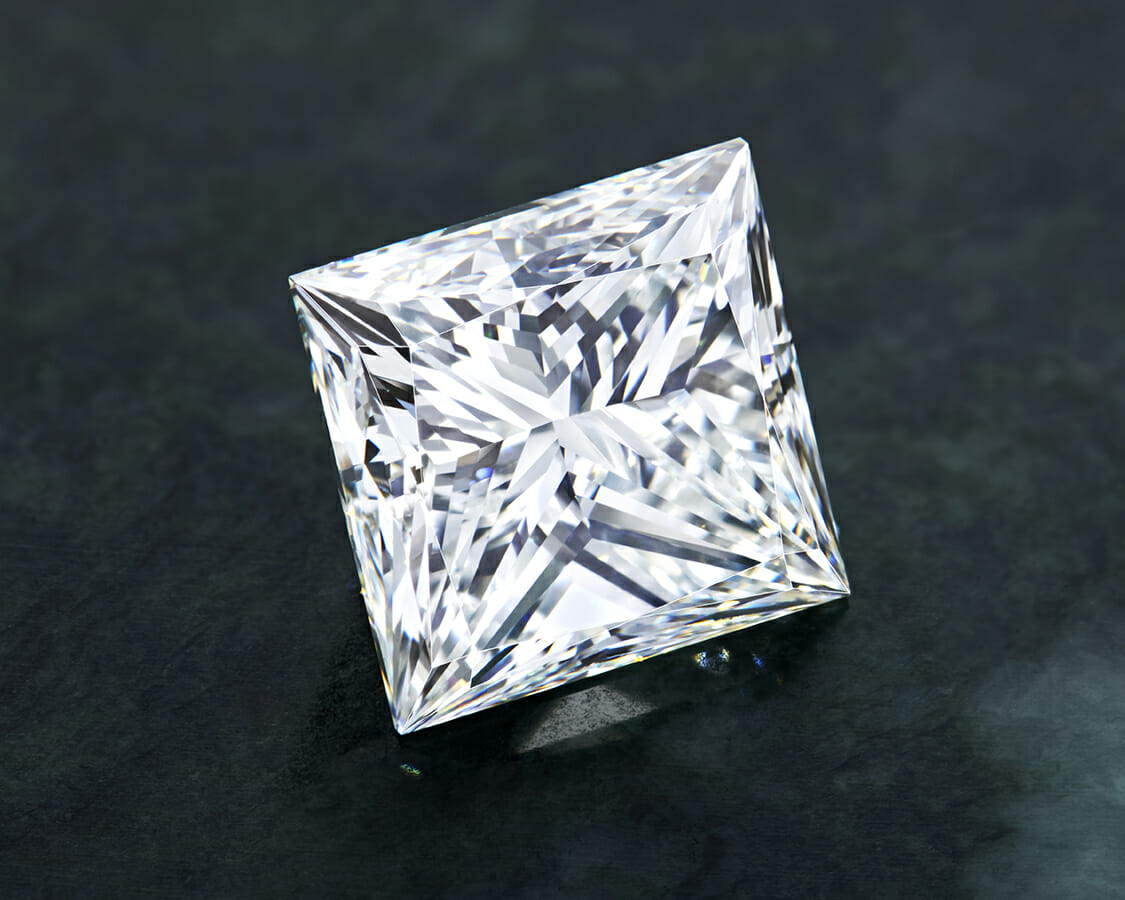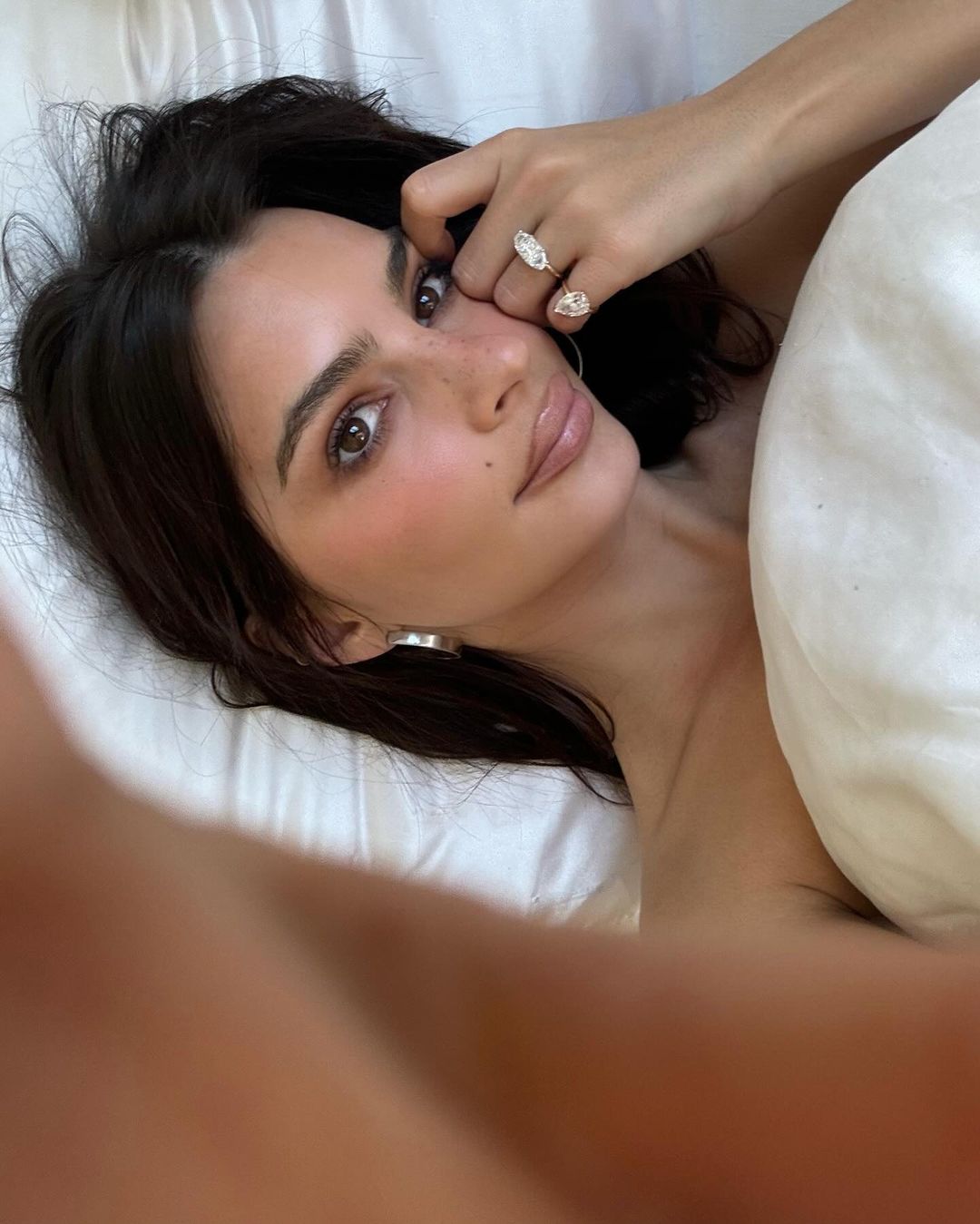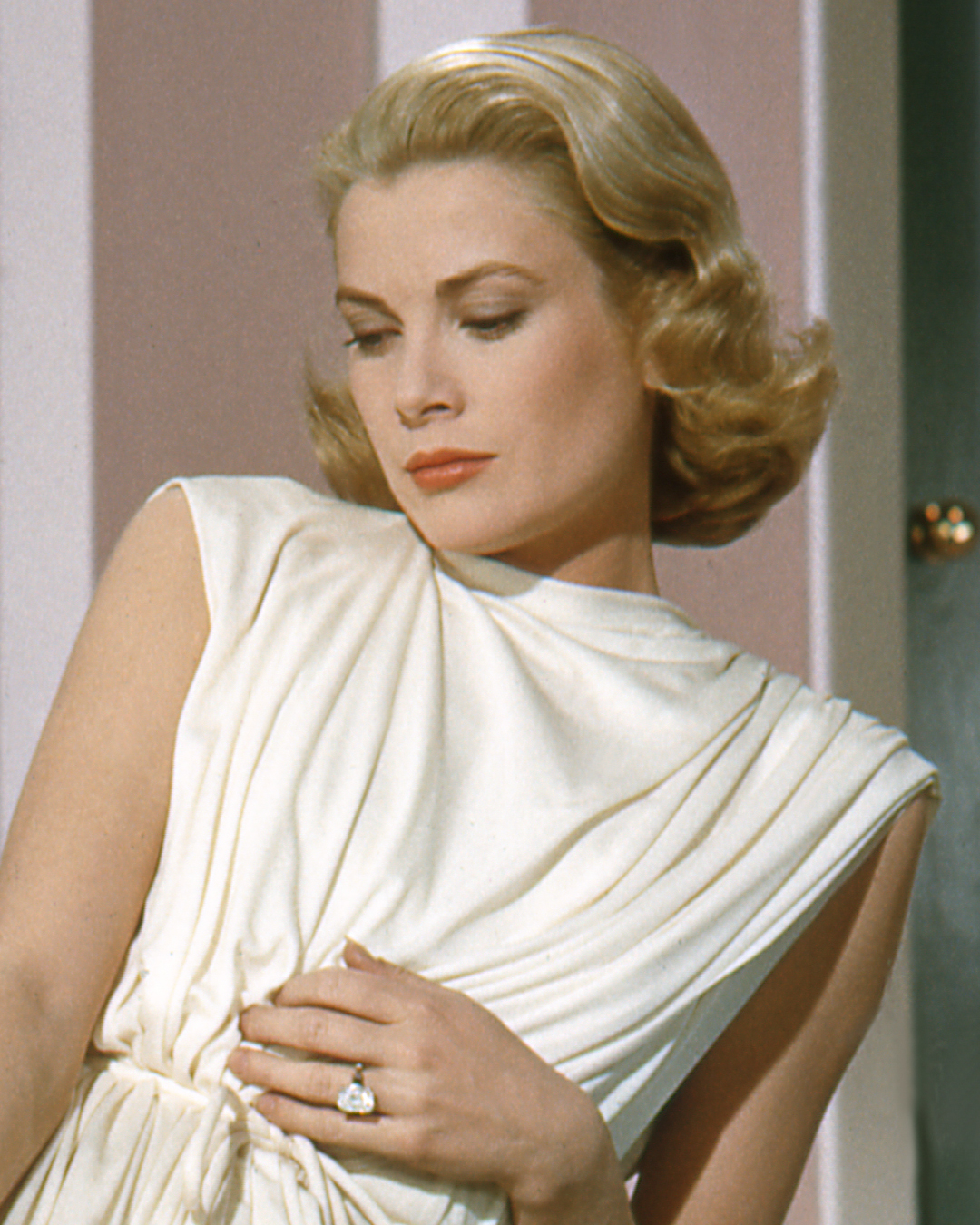But what truly sets princess cut engagement rings apart? Whether you’re drawn to their bold, angular shape, their dazzling fire, or their budget-friendly value, understanding the key factors of this beloved cut will help you choose the perfect ring. From cut quality to the best settings, this engagement ring buying guide will walk you through everything you need to know to find a princess cut diamond engagement ring that speaks to your love story.
What Is a Princess Cut Engagement Ring?
The princess cut is a square or slightly rectangular diamond cut that features sharp, pointed corners and brilliant facets designed to maximize light reflection. Originally developed in the 1960s, this diamond shape evolved from earlier designs and was refined into its modern form in the 1970s by diamond cutters Betzalel Ambar and Israel Itzkowitz. The princess cut was specifically designed to retain more carat weight from a rough diamond than a round brilliant cut while delivering exceptional brilliance.
Princess cut engagement rings are often compared to round brilliant diamonds in terms of sparkle, but they offer a more modern, geometric appearance. Typically, these diamonds have 57 or 58 facets, arranged to enhance light dispersion and create a fiery, eye-catching effect. Some modified princess cuts may feature slightly different facet structures, but the standard four-sided pyramid shape with 58 facets remains the most popular.
One of the standout features of princess cut engagement rings is their affordability. Because they retain more of the rough diamond than round cuts, princess cut diamonds tend to be more cost-effective while still offering substantial carat weight and brilliance.
The Difference Between a Princess Cut and a Cushion Cut
While both the princess cut and cushion cut are popular square-shaped diamond styles, they have distinct characteristics. The princess cut features sharp, pointed corners and a brilliant faceting pattern, giving it a crisp, modern look with maximum sparkle. In contrast, the cushion cut has rounded corners and a soft, pillow-like shape, often displaying a more romantic, vintage-inspired brilliance with a slightly softer glow.
What to Look for in a Princess Cut Engagement Ring
When shopping for princess cut diamond rings, several key factors ensure you get a high-quality diamond that maximizes beauty and durability.
1. Cut Quality
The cut quality of a diamond significantly impacts its sparkle and brilliance. While the Gemological Institute of America (GIA) does not assign an official cut grade to fancy-shaped diamonds like the princess cut, look for stones with excellent symmetry and polish. A well-cut princess diamond should have minimal light leakage, ensuring it captures and reflects as much light as possible.
2. Clarity
Thanks to their brilliant faceting, princess cut diamonds naturally hide inclusions better than step-cut diamonds (such as emerald cuts). However, their sharp corners can make them more vulnerable to chipping, especially if inclusions are present near the edges. For a flawless appearance, opt for a clarity grade of VS2 or higher.
3. Color
The princess cut tends to retain more color than round diamonds, meaning that slight tints may be more visible. To ensure a bright, white appearance, choose a diamond with a color grade of H or higher. If you plan to set the diamond in yellow or rose gold, you can go slightly lower on the color scale, as the metal’s warm tones help offset any faint coloration.
4. Carat Weight
Because of its square shape, a princess cut diamond often appears larger than a round diamond of the same carat weight when viewed from above. This makes it a fantastic choice for those who want a bigger look without the hefty price tag. To maintain a classic square shape, choose a stone with a length-to-width ratio of about 1.00 to 1.05.
Best Settings for a Princess Cut Engagement Ring
The setting you choose plays a significant role in both protecting your diamond and enhancing its beauty. Here are the best settings for princess cut engagement rings.
1. Solitaire Setting
A classic solitaire engagement ring setting allows the princess cut diamond to take center stage. This timeless solitaire ring design features a single stone, usually secured in a four-prong setting that protects the diamond’s corners while maximizing light exposure for brilliance. A princess cut solitaire is perfect for minimalists who love clean, simple designs.
2. Halo Setting
For extra glitter, consider a halo engagement ring setting, where smaller diamonds encircle the princess cut center stone. This setting enhances the diamond’s perceived size and adds an extra layer of brilliance, making it a favorite among those who love a glamorous, vintage-inspired aesthetic. If traditional halos aren’t your thing, you can also opt for a hidden halo, a setting where a row of diamonds or gemstones encircle the base of the center stone, visible only from the side view, offering a more subtle design element.
3. Three-Stone Setting
This multi-diamond setting offers three times the sparkle and a special meaning. A three-stone engagement ring featuring a princess cut diamond flanked by two smaller stones symbolizes the past, present, and future of a relationship.
4. Bezel Setting
For a modern and sleek look, a bezel setting encases the princess cut diamond in a thin metal rim, offering maximum protection for its delicate corners. This setting is ideal for active lifestyles and provides a contemporary yet refined appearance.
5. Channel Setting
A channel-set engagement ring features smaller diamonds embedded along the band, enhancing the center princess cut stone. This setting provides a secure, smooth surface, making it perfect for those who want extra sparkle without prongs catching on clothing.
6. Pavé Setting
A pavé setting features tiny, closely set diamonds along the shank (the band of the ring), creating a continuous sparkle that enhances the brilliance of the princess cut center stone. This setting adds a luxurious touch while maintaining a sleek and refined appearance.
Celebrity Princess Cut Engagement Rings
Emily Ratajkowski has sported a princess cut diamond as part of her toi et moi (or two-stone) engagement ring. Ratajkowski added a modern twist to this timeless diamond shape by pairing hers with a pear-cut diamond.









